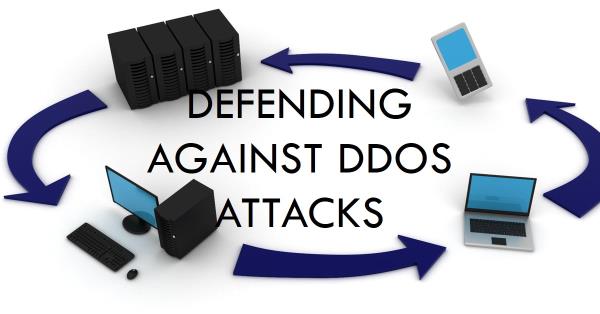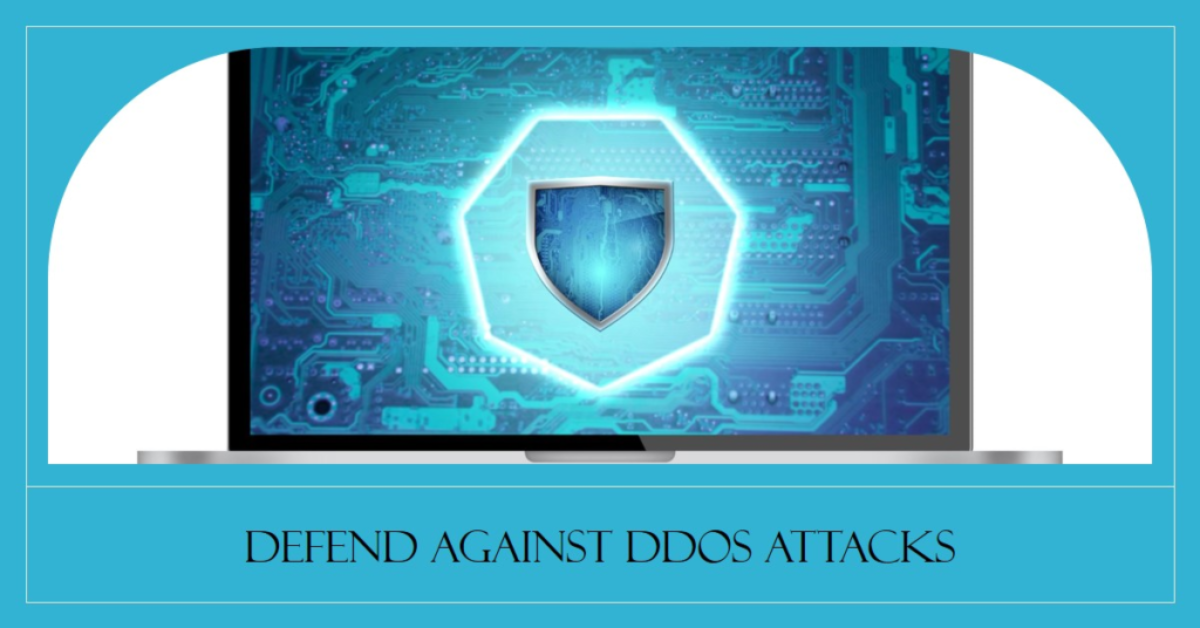DDoS Attack in Cyber Security: The Digital Storm
Cyber security is fighting one of the top threats: the DDoS attack. This kind of attack overrides the traffic in a network, service, or server, leading to the collapse of the systems and the locking out of users. The DDoS attack in cyber security cut off the internet and hurt businesses, besides upsetting users. Today, more than ever, awareness about such kinds of attacks is crucial. Full comprehension of their mode of operation and effect is necessary, as well as establishing steadfast defenses. We will dive into details about how DDoS attacks are performed and how to safeguard our systems from them.
What is a DDoS Attack in Cyber Security?
A DDoS attack is designed to make a server, service, or network unavailable. That is pretty much all it does: send huge amounts of internet traffic to a target. In order for it to do this, a DDoS attack makes use of several hacked computers that create the traffic in question. These compromised systems are botnets.
How Does DDoS Attack in Cyber Security Work?
A DDoS attack in cyber security is the technique of using a network of infected computers. These computers are usually referred to as a botnet. An attacker controls the botnet to overwhelm the target with traffic. This can be done to cause a slowdown or crash of the target, hence making the target unavailable to its intended users.

Types of DDoS Attacks in Cyber Security
There are different types of DDoS attacks in cyber security they include:
- Volume-Based Attacks: These are the attacks that try to consume the bandwidth of the website. Examples include UDP floods and ICMP floods.
- Protocol Attacks: These are the attacks based on exploiting network protocols. Examples are SYN floods and Ping of Death.
- Application Layer Attacks: These are those attacks that target specific applications or services. Examples include HTTP floods and Slowloris attacks.
Impact of DDoS Attack in Cyber Security
A DDoS attack cripples cyber security defense. It might lead to downtime, loss of revenue, and even damage to reputation. Besides that, recovery from such an attack entails a considerable amount of resources. Real-World Examples of DDoS Attacks in Cyber Security.
In order to make more sense of a DDoS attack in cyber security, let’s take a look at some real-world examples:
The GitHub Attack in 2018: It is a part of the most-visited developer websites. The site experienced a very high-bandwidth DDoS attack. This was among the largest ever; it peaked at 1.35 terabits per second and caused an enormous disruption.
Dyn Attack 2016: This was propagated through a botnet of IoT devices and targeted major sites like Twitter, Netflix, and Reddit. This incident told about the vulnerabilities that existed in a connected device.
BBC Attack 2015: A DDoS attack reaching 602 Gbps brought the websites of the BBC down. This showed the potential scale that such attacks could use.
Protection against DDoS Attack in Cyber Security
In order to protect against a DDoS attack, several modes are applicable to an organization.
- Use DDoS Protection Services: There are several companies offering services for preventing DDoS attacks. The traffic is filtered out by them before it reaches the target.
- Install firewalls and intrusion detection systems: they block and detect malicious traffic. You can set them to identify DDoS attack patterns.
- Increase Bandwidth: Additional bandwidth helps because it will be able to handle DDoS attack traffic much better. It’s not going to be complete but is a partial solution.
- Create a Response Plan: The organization is all set for immediate response if such an attack happens. Such a plan should cover attack identification, reducing its impact, and recovery.
- The systems are given updates and patches on schedule: This will rule out the probability of vulnerabilities that a DDoS attack may use.
- Employee Education: Symptoms and response training needs to be given to employees regarding DDoS attacks. This can limit the potential impact of an attack.
The Role of ISPs in Mitigating DDoS Attack in Cyber Security
They are crucial in cyberspace and would contribute to preventing DDoS attacks. ISPs can also provide services for DDoS protection, which will wash off malicious traffic before it reaches the target. They will also collaborate with groups to develop and implement effective DDoS fixes.

Future Trends in DDoS Attack in Cyber Security
This is in the sphere of cyber security where DDoS attacks are likely to get more advanced and larger in scale. The attackers will find new ways of exposing vulnerabilities as technology advances. For example, IoT devices are usually less secure. They are vulnerable to exploitation, forming botnets through cyber attacks. This has created new attack vectors. The organizations need to stay updated about DDoS techniques. They must also make their security stronger to protect against them.
Conclusion
A DDoS attack is one of the most serious cyber security threats. It inflicts substantial devastation and damage. Understanding how the attacks are performed and with the help of some protective measures, organizations could defend themselves better against cyber threats. Being on par with knowledge regarding methods of DDoS attacks is very important. We have to be more efficient in defending ourselves from these .
FAQs
Q1: What is a DDoS attack in cyber security?
A DDoS attack is a form of cyber security attack aimed at compromising normal traffic by targeting one server, service, or network. The attacker engulfs it with an overwhelming amount of internet traffic that becomes hard to handle.
Q2: How does DDoS work in cyber security?
A DDoS attack relies on something known as a botnet, meaning a network of infected computers to push enormous traffic towards the target, slowing down or crashing it.
Q3: What are some types of DDoS attacks in cyber security?
There are three major types of DDoS attacks on cyber security: volume-based, protocol, and application layer.
Q4: What is the impact of a DDoS attack in cyber security?
A DDoS can bring down your system, which leads to lost revenue due to being down and damaged prestige for the target.
Q5: How does one organization protect against a DDoS attack in cyber security?
Protection against DDoS can be carried out through protection services, firewalls, and a response plan.



